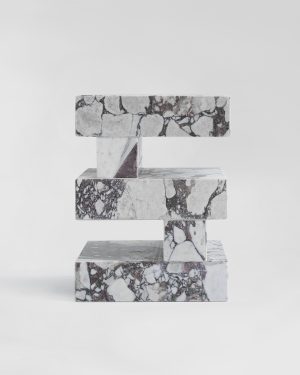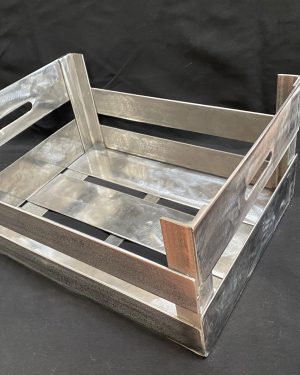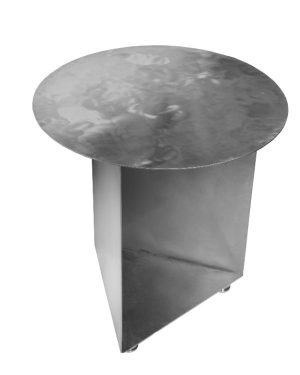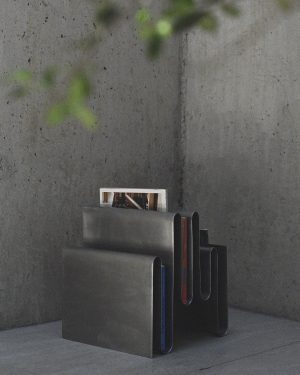-


Slant Book Stand – Marble, Brass and Oak Wood
€7.854 incl. tax -


Sync Marble Side Tables
€1.719-€2.162 -


Rise Bookstand – Colorful Version
€350 -

 In stock
In stockAlvorada side table
€1.150 -

 In stock
In stockB. S. P Series, Black Edition, Recycled Plastic Magazine Rack
Price Upon Request -


Rise Bookstand
€300 -


Leather Magazine Holder
€1.200
Magazine holders, originating as practical solutions for organizing periodicals, have transformed into decorative interior elements. Initially simple in design, they have evolved into stylish accessories, reflecting changes in interior design trends and the importance of aesthetic organization in modern homes.
Origins of Magazine Holder Design
- Rooted in the 19th century with the rise of periodical publications.
- Influenced by the Arts and Crafts movement, focusing on craftsmanship and utility.
- Developed through the 20th century, paralleling modern interior design evolutions.
- Today's designs blend functionality with artistic expression, suited for contemporary spaces.
Components of Magazine Holders
- Wood: Classic and versatile, offering a warm, organic aesthetic.
- Metal: Provides durability and modern appeal, often used in minimalist designs.
- Fabric: Adds a soft touch and versatility in styles and patterns.
- Recycled Materials: Emphasizing sustainability and innovative design.
Techniques in Magazine Holder Design
- Woodworking: Traditional craftsmanship for wooden holders, emphasizing durability.
- Metal Fabrication: Modern techniques for sleek, durable metal designs.
- Textile Art: Incorporating sewing and embroidery for fabric-based holders.
- Eco-Friendly Practices: Utilizing recycled materials and sustainable production methods.
Current Uses of Magazine Holders
- Home Organization: Efficiently organizing magazines, newspapers, and small books.
- Decorative Accents: Enhancing room aesthetics while providing practical storage.
- Office Spaces: Keeping literature neatly organized in professional environments.
- Benefits: Combining style and utility, adding a touch of elegance to any space.
The Essence of Magazine Holders
Magazine holders represent the perfect blend of form and function in contemporary design. They reflect an evolution from mere storage solutions to stylish home accessories that elevate interior aesthetics. Each piece, with its unique design, showcases the artistry and practicality in everyday objects.
Read more




